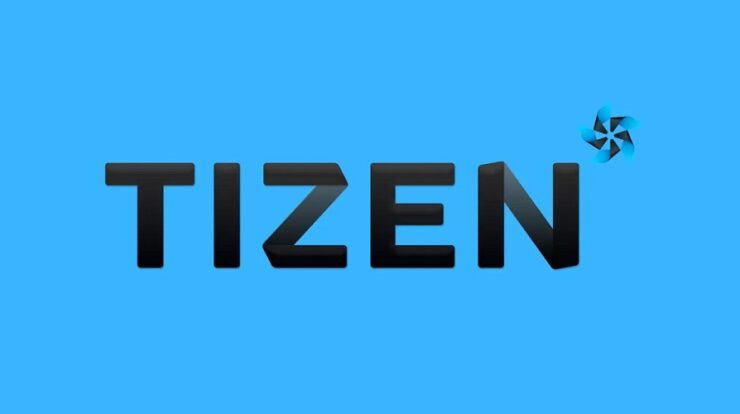
You can better implement attack prevention methods when you know your enemies’ methods and tactics. Although it is not possible to prevent all attacks, making it hard for attackers to launch attacks on a system is the primary aim. Distributed Denial of Service is a severe attack. Because of its widespread effects and repercussions, every company needs to protect against it. Various companies hire internet security service providers who recommend distinct sets of measures for preventing DDoS attacks. In this post, we shall look at various techniques that you can use to prevent DDoS attacks on your online infrastructure.
Techniques of DDoS prevention
Procedures and Processes
Your company should develop various security policies and procedures to ensure that you follow its best practices. Such policies are an essential part of the overall security architecture of a service provider. They are essential at stopping attackers from exploiting your company. Through the AUP (Acceptable User Policies), a company can remove abusive users from its network. One good practice is establishing an Incident response team (IRT) that can respond to various attacks.
When a DDoS attack hits your internet infrastructure, there is no time to craft a response plan. Therefore, creating a response plan for a DDoS attack is crucial because it helps you respond swiftly. Your preparedness determines how you will swiftly solve the DDoS attack, how well you will mitigate its repercussions, and how early it will be over.
DDoS attack response plan enumerates the steps of maintaining business operations in case a DDoS attack hits you. The response plan includes things like:
- Developing technical competency in your team
- Ensuring that your security team has the expertise needed to thwart a DDoS attack or deal effectively with one, and
- Examining your assets for the needed threat detection capabilities.
In case of a successful DDoS attack on your systems, it is crucial to notify key stakeholders, employees, and customers whom they can reach.
Making your Network Architecture Strong
To every network, architecture is fundamental. Therefore, to prevent your system from falling prey to various cyber threats like DDoS, you need to strengthen and secure your network’s architecture. To this effect, various service providers vouch for the use of redundant network resources. Hence, if they attack a server, the other server can kick in and take the additional network traffic.
Also, keep the servers in separate geographical locations. The attacker finds it more challenging to approach and launch an attack on dispersed resources.
Adherence to Basic Network Practices
In most cases, the answers to various security challenges lie in the basics. Therefore, to solve various issues and prevent DDoS attacks, ensure that you routinely go back to the basic security practices. What is involved in basic security practices? There is nothing special. Basics are critical and very useful to the IT environment’s health and security. They are smaller things like regularly changing your passwords, having complex passwords, security firewalls, and setting up methods to prevent phishing. Though basics issues that show DDoS like short website shutdowns, a slowdown in the network, inconsistent connection in the extranet, and starting a response plan through a network provider.
Deployment of Prevention Solutions for DDoS Attacks
Together with taking an action plan, the security firms advise us to take proactive measures. Such measures include solutions for preventing DDoS attacks. A DDoS attack prevention solution entails developing strategies featuring prevention systems that combine anti-spam, firewalls, VPNs, content filtering, and other security layers. They track and identify activities like traffic irregularities and other inconsistencies that may show a DDoS attack. Standard network equipment provides limited options for DDoS mitigation. Unfortunately, even the limited options may not always work. To ensure higher security, an advanced mitigation solution is required. You can get one through outsourcing.
Based on your needs and budget, you can opt to use cloud-based solutions. It gives you access to mitigation and protection resources that are advanced and flexible. One key advantage of using cloud-based solutions is paying for what you use.
We also recommended that you keep your systems updated. Legacy and outdated systems are highly prone to DDoS and other forms of attacks. Therefore, you must regularly patch the vulnerabilities within your system for them to remain secure.
Going onto the Cloud
Do you have the cloud? If so, why not use it? If not, subscribe for one and optimize it using internet service security providers. You may ask, does the cloud help you prevent DDoS attacks? The answer to this question lies in the factors below.
Cloud services companies hire specialists to monitor the cloud continuously. They can detect modern DDoS strategies and methods.
Cloud-based systems can detect and absorb any malicious traffic before it can reach the target. It fortifies the security of your system, thwarting any form of DDoS attack.
Using a CDN and a Strong Firewall
Another solution for protecting business-level applications can be to use web application firewalls (WAFs). Through blocking and monitoring abnormal increases in traffic, a firewall helps in identifying and preventing DDoS attacks.
CDNs distribute the web traffic to multiple servers throughout the world, hence balancing the traffic. For instance, if you host your web server in Delaware and another in Helsinki, the reach of your website over the internet is high. It is a challenge to the attackers who may target your application for a DDoS attack.
Allocating More Bandwidth to your Application Server
A website or an application that cannot hold and manage the volume of traffic from the attacker ultimately crashes because of the DDoS attack. Allocating more bandwidth and adding your server’s capacity are among the best strategies for mitigating the effects of a DDoS attack. Because the server can continue accommodating the incoming traffic, the website can continue functioning.
Conclusion
The primary causal agent of a DDoS attack is a botnet. With the population of bots online being high, DDoS attacks are bound to happen. We estimate that over half of the internet traffic comprises bot traffic. Therefore, taking DDoS attack prevention measures is necessary to ensure continued access to the online services by your customers. DDoS attacks can make you incur substantial financial losses if you run an eCommerce website or offer financial services online. It can also hurt your reputation and affect your brand.


